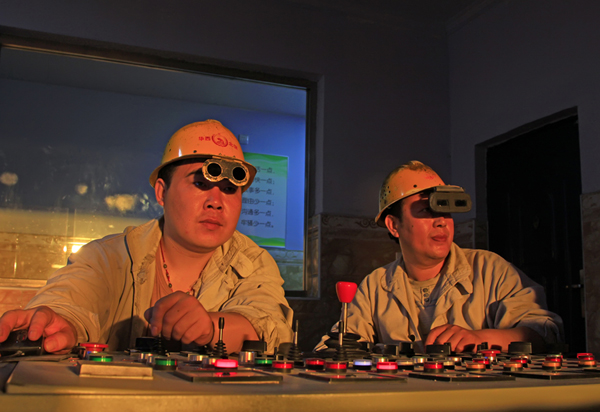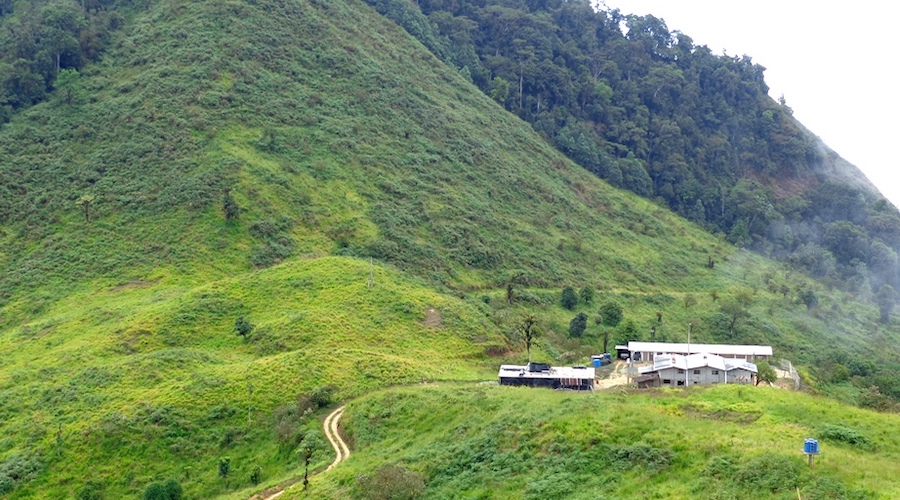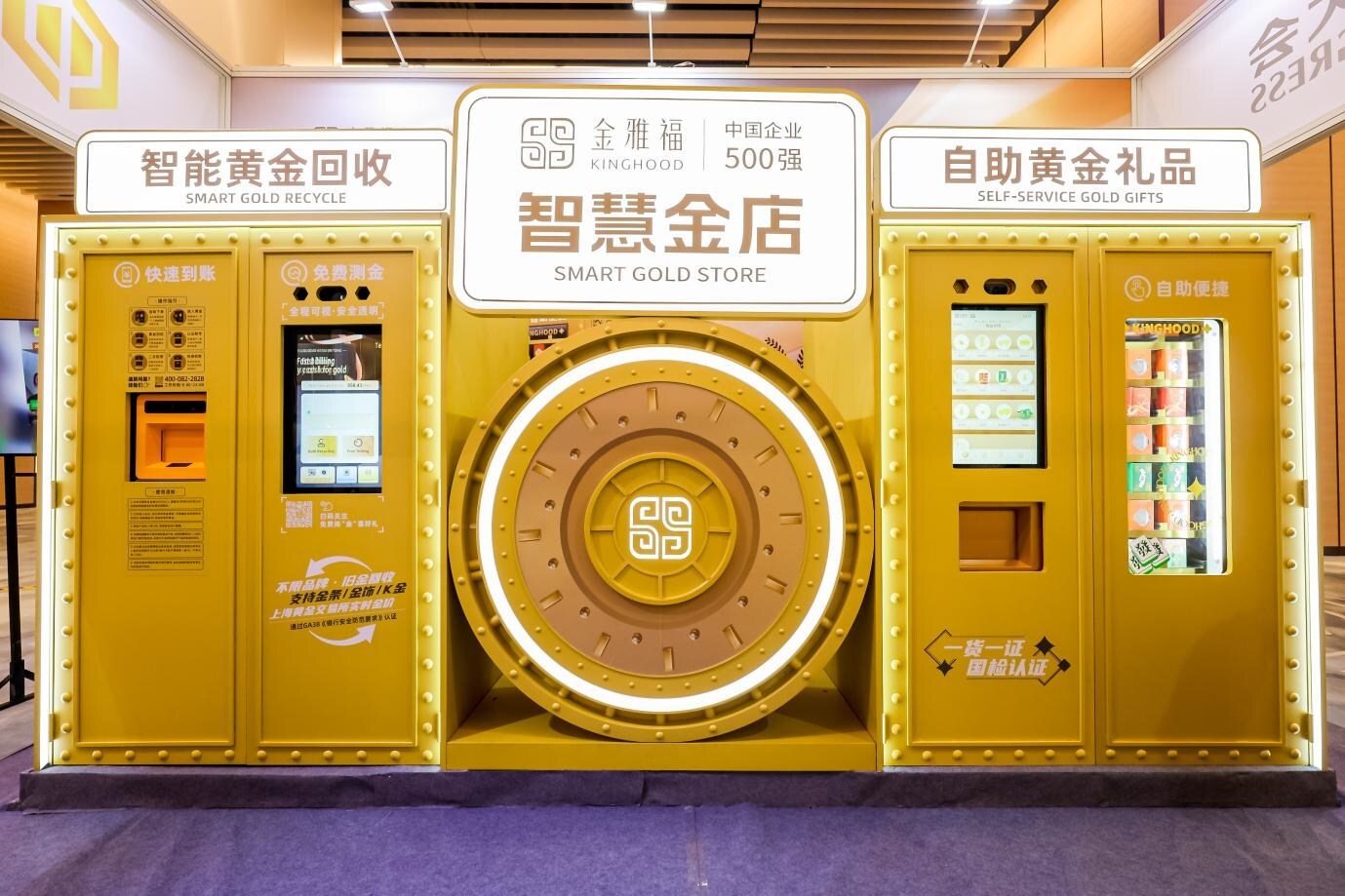Iron ore price rally turns into dead cat bounce

China’s steel outlook is murky
The 62% Fe import price including freight and insurance at the Chinese port of Tianjin fell $2.30 or 3.9% to $56.90 a tonne on Wednesday after failing to break the psychologically important $60 a tonne level according to data provided by The SteelIndex.
After a rally that began on April 16 the iron ore price added 26.7% since hitting record lows at the beginning of April of $46.70 a tonne. A more than 20% appreciation from a low is considered a bull market. Iron ore hit an all-time high of $191 a tonne in February 2011.
The advance in the Metal Bulletin’s benchmark 62%-index at the ports of Qingdao-Rizhao-Lianyungang in China also reversed on Wednesday with the price pulling back to $57.13 a tonne after falling just 12c short of $60.
Recent strength came on the back of a period of restocking by Chinese steelmakers where the beleaguered industry enjoyed a rise in rebar prices which also fizzled out on Wednesday. China forges almost as much steel as the rest of the world combined and consumes more than 70% of the world’s seaborne ore trade.
“Prices have rebounded substantially as the recent rout in spot prices forced the shuttering of a significant portion of higher cost marginal producers,” Sucden Financial analyst Kash Kamal is quoted by Reuters as saying:
“However, many industry players view the recent rally in iron ore prices as being overdone as the fundamentals still remain off balance.”
Concerns about oversupply continue to dog the market. The Big Three iron ore miners – Vale (NYSE:VALE), Rio Tinto (NYSE:RIO) and BHP Billiton (NYSE:BHP) – announced production numbers last week showing output growth continuing to climb.
Number three producer BHP’s announcement that it’s delaying out its $2 billion Port Hedland expansion was taken as a sign that the top producers may begin to tackle oversupply despite the fact that it only affects capacity of around 20 million tonnes in a seaborne market which is expected to hit 1.3 billion tonnes this year.
The majors continue to cuts costs and make the most of per unit volume savings with the big three able to produce at or below $20 a tonne. Research by investment bank UBS shows that median costs in the industry has dropped 28% to an estimated $40 a tonne, thanks in large part to efforts by the Big 3.
UBS said iron ore faces a “super down cycle” cutting its long term iron ore price forecast to $55 a tonne. The bank expects oversupply in the market to top 200 million tonnes by 2018.
Other analysts are equally pessimistic. Outside the majors, according to Goldman Sachs producers are facing an “existential challenge” and that up to 50% of tier-two production capacity is at risk through 2019.
The bank slashed its 2015 to 2018 iron ore forecasts and is now predicting an average of $52 this year, falling to $44 next year and then $40 in 2017 and 2018. The bank’s long term prediction sits at $45, 25% below its previous forecast.
More News
{{ commodity.name }}
{{ post.title }}
{{ post.date }}



2 Comments
Mark Harder
I saw an article recently, maybe it was here, that presented figures for the supply and demand in petroleum over time. According to it, supply has been growing at a pretty steady rate. What changed was demand, which decreased over the past few years of the study. If there was any oversupply, it was because demand did not keep up with supply. The market simply didn’t respond quickly to the slump. Could something similar be happening to the markets for other commodities like iron and copper? The likely implication would be that global markets were shrinking, which seems to me an indication of a slump in economic growth. The questions that interest me, then, are what is the structure of the economic decline, why is it happening, and what will happen in the next few years?
Altaf
@ Mark. Its quite the opposite. The demand is stagnating (in China and elsewhere) and the supply increasing (on account of Vale Rio, BHP). Even considering the mining stoppages of small miners, the supply of Big 3 has gone up considerably.